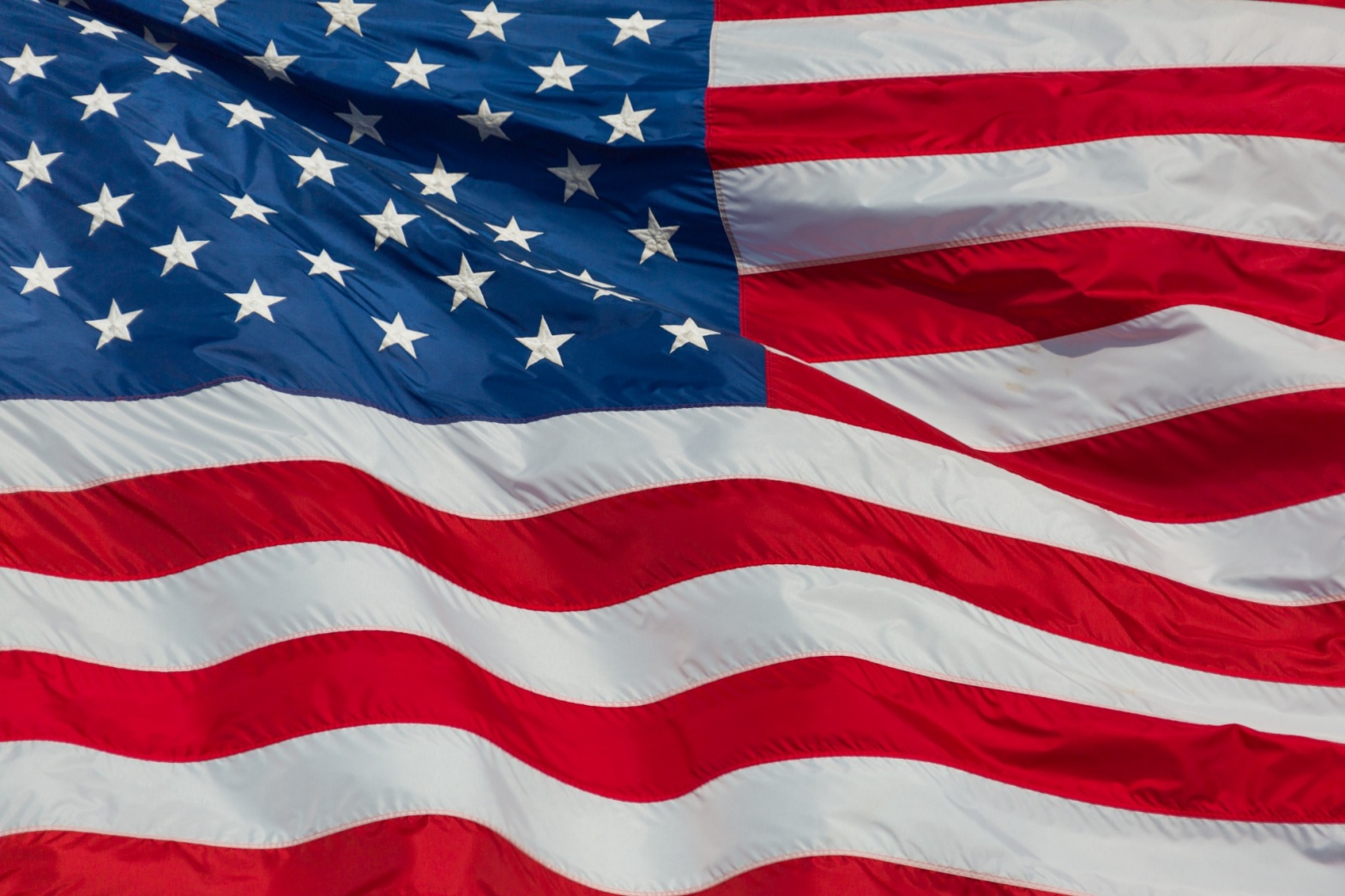American flags are accorded the respect that is given to a person; an animist like myself would say that this is because the American spirit embodied therein is a person. One example is the retirement of flags, which is essentially a funeral.

From the flag code: The flag, when it is in such condition that it is no longer a fitting emblem for display, should be destroyed in a dignified way, preferably by burning.
Retirement of flags is often done by members of veterans’ organizations, but it’s not restricted to them any more than is displaying the flag. Being in the military is a big deal, and our veterans are due respect even from those who are opposed to war. However, veterans do not have any special privileges here. Being a current or former member of the military does not give anyone special knowledge about or rights to the flag. The flag belongs to all Americans, and most Americans—including veterans—are ignorant about how to treat it with respect. I once worked with a veteran who was in the habit of taking down the flag and wadding it up in a corner of the desk—even if it was soaked with rain. There are plenty of veterans who have a greater knowledge of and respect for the flag, and there are plenty of other people—like myself—who keep those traditions but have not served in that way. I have had the honor of attending a flag retirement ritual performed by pagans at a private conference for many years; it’s the reason I bought a flag and the reason I choose to display it almost daily.
Burning is the “preferable” way to retire American flags, but there’s also a form of destruction-by-shredding that can be used for nylon and polyester flags. I recommend just not using nylon or polyester flags in the first place, avoiding the question of whether a flag is safe to burn by avoiding those nasty artificial fibers in the first place. I haven’t seen any evidence that flags made from the fake stuff last longer than natural ones, either. What I’d really like is a solid supplier of flags made from hemp, but I haven’t seen any legit American flags made from commercial hemp for sale yet.
While burning is preferable, options such as burying or recycling flags are also valid. What matters most is the sense of respect. This is an occasion not that different from a funeral, and can evoke somber and joyful feelings alike. The annual retirement ceremony I attend uses a ritual fire that’s already been consecrated to the elemental forces and land spirits, which helps set the tone. It’s not an uncommon act to cut the field of stars out of the flag as a way to release the spirit, but this is not universal. I like having an opportunity to tell the story of a particular flag, or to use the occasion to remember a deceased person.
Remember:
- flags that have touched the ground or become soiled should be cleaned and purified
- flags that are damaged should be repaired, if possible
- taking down the flag every night is an opportunity to discover damage when it’s minor and easier to repair
- retirement is for flags that are irreparable, or faded beyond use
- a respectful retirement celebrates the service and life of a flag
- any day of the year is appropriate for retiring a flag, just as any day of the year is appropriate for a funeral
If you have questions about the veneration and retirement of American flags, drop a comment here.
For my family, we take the flag in at night, before we sleep, and properly fold it. I wrote about folding the American flag as part of the magical battle for America. Folding the flag feeds its spirit and allows it time to rest and recharge. Prior to folding, I inspect it for grime and damage. That’s the reason why, in my view, that only displaying from sunrise to sunset is the “universal custom:” when a flag is left up on a pole constantly, no one is checking it for the damage that inevitably occurs. Identifying damage, repairing it when possible, and recognizing when a flag must be retired is essential to a respectful relationship with this spirit.
One of our cats, Dusk (pictured), almost always appears to witness the folding ceremony, and we present it for inspection when complete. I do not know why Dusk holds American flags in such regard.
Fun fact: it takes 13 folds to get that triangular shape. There are several Christian-themed rituals which are built around that number. I don’t know of any published pagan flag-folding rituals, but I’ve written one myself, which I will share in another post in this series.


Considering the fact that the de facto pantheon of America is the Greco-Roman pantheon based on the nation’s iconography, I propose that the thirteen folds be dedicated to the Twelve Olympians plus Dionysus. If one does not feel comfortable including these deities, a corresponding set of thirteen deities from the pantheon of your choosing should be substituted (though I personally think out of a sake of national unity it should be the Greco-Roman Gods)
LikeLike
That’s definitely sound reasoning, and it also fits with my hellenic practice. I’ve written a flag blessing that includes thirteen hellenic gods, but “Olympian” in antiquity varied by region and time, and I can’t say all of my picks have been considered Olympian gods. I’ll be sharing that selection at some point.
LikeLike
Yes that’s definitely true. I always find it interesting to think about how technically Kronos was considered one of the Twelve Olympians in one region. But specifically I mean the most famous listing we all know (Zeus, Hera, Poseidon, Demeter, Hestia, Artemis, Apollo, Hermes, Aphrodite, Ares, Hephaestus, Athena)
LikeLike
“We all know” is a tough phrase. There’s a popular story about Hestia stepping away to make room for Dionysos. That’s the twelve that I knew as a kid.
LikeLike
Popular? Sure. An actual story from the Ancient Greeks. Nope. It was invented by Robert Graves to insult Dionysos
LikeLike